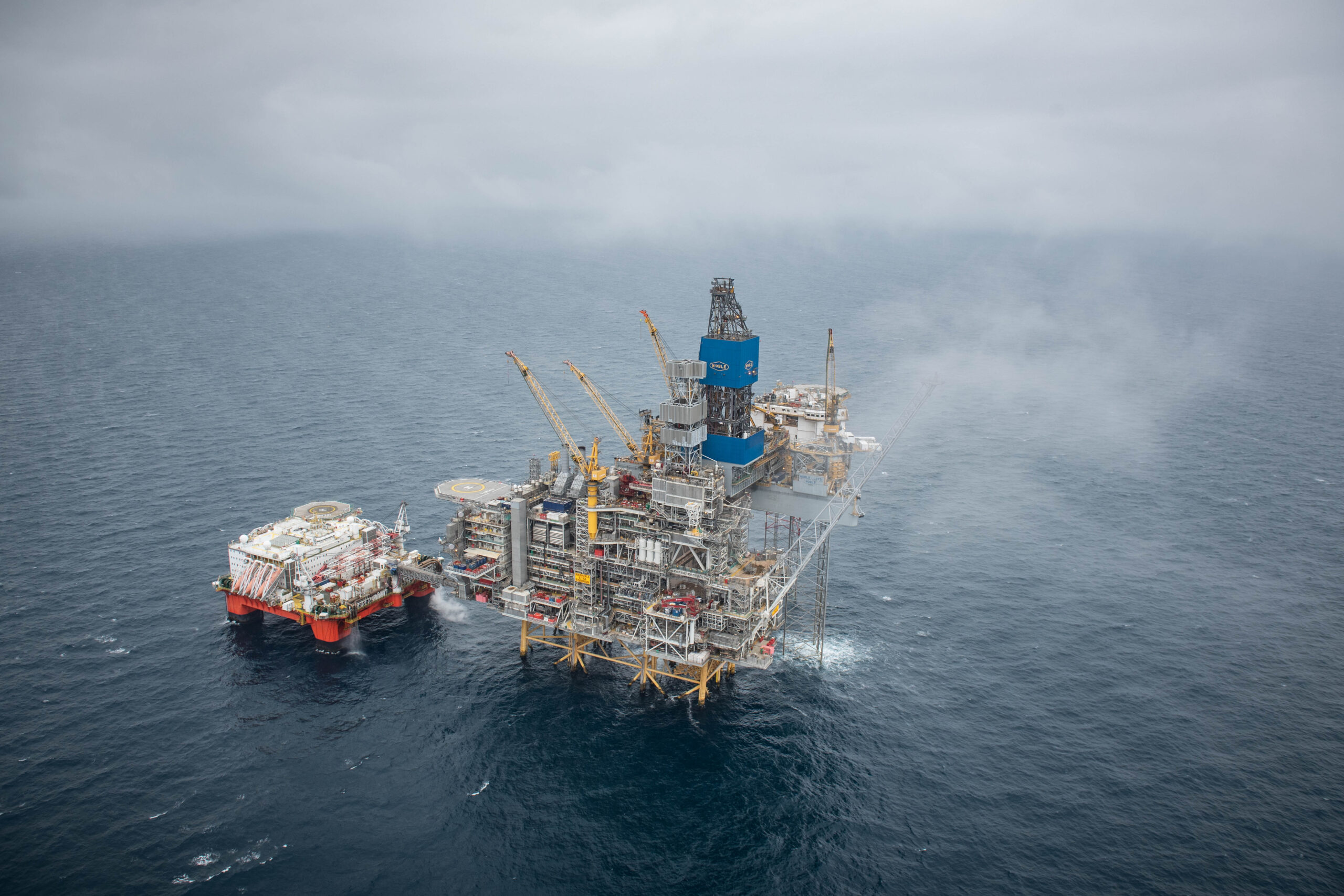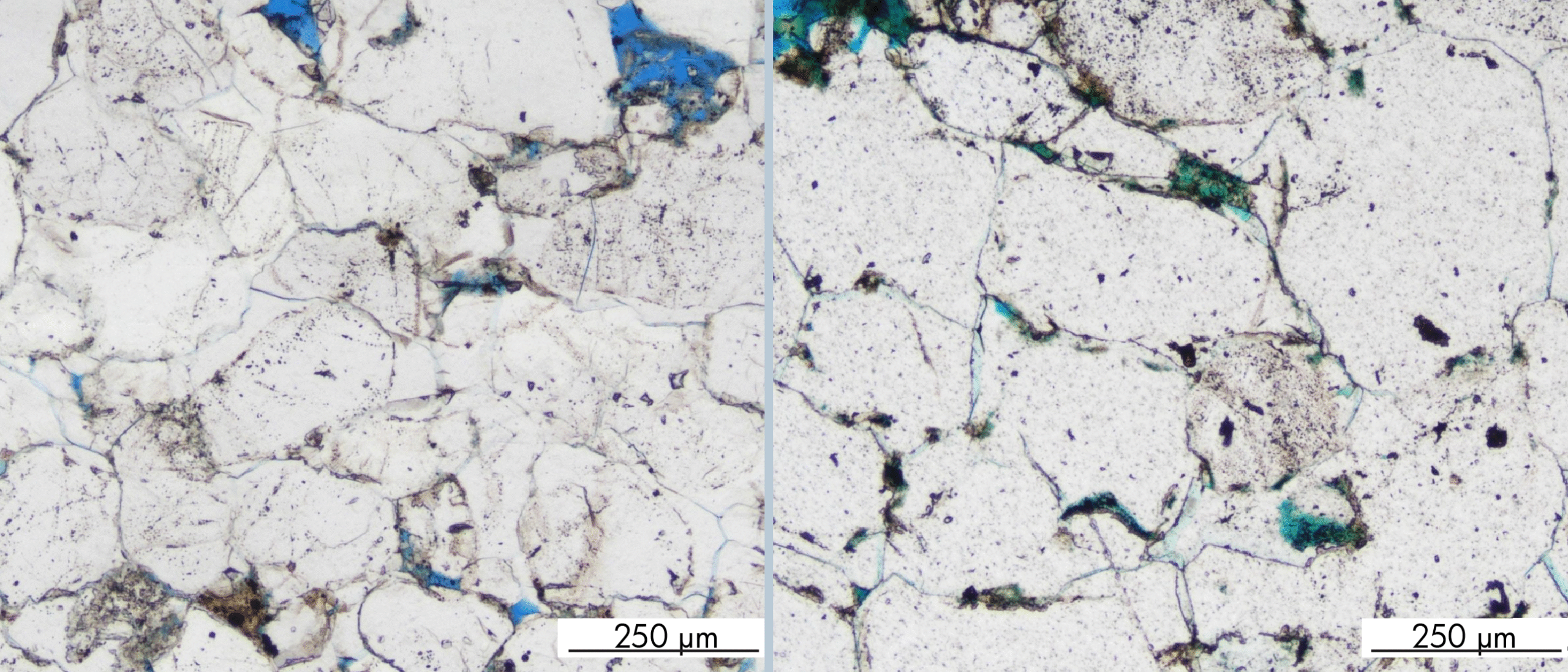Equinor doesn’t seem to have much luck on the UK Continental Shelf. A series of dry holes in pursuit of a Johan Sverdrup equivalent – of which the Tiger Lilly well was the latest example – , high hopes in the Inner Moray Firth only to be dashed by a subsequent appraisal well (Verbier), operatorship of the potentially controversial Rosebank discovery, and now a significant downgrade of reserves in their flagship development – the Mariner heavy oil field.
In a press release issued today, the company announced a downgrade from approximately 275 MMbbl to around 180 MMbbl. This is a significant downward adjustment, which according to the company is related to an updated seismic interpretation of the Paleocene reservoirs and also the experience from production from the Maureen reservoir. The company further adds that the revised reservoir model is supported by the results of a well drilled into the Heimdal reservoir in Q4 2021.
Based on this information, it seems that the amount of sand is more limited than initially foreseen. Given that one of the reasons why it took almost 40 years for Mariner to be developed is the fact that the Paleocene (remobilised) slope channel sands were very challenging to map on seismic, one can only conclude that this challenge still very much exists.
For Equinor’s partners in the Mariner development this is bad news too. Especially for Siccar Point, the company that saw Shell pulling out of Cambo recently, it downgrades their position to negotiate future deals.
The revision will result in an impairment in the region of USD 1.8 billion, which will be reflected in IFRS net operating income for Equinor’s Exploration and Production International segment in Q4 2021 results, to be reported on 9 February 2022.
However, “We are committed to working with our Mariner joint venture partners to identify opportunities to improve recovery and production. We plan to continue drilling on the field to prolong cash flow into the future,” said Al Cook, executive vice president for Exploration and Production International in the press release.
HENK KOMBRINK





